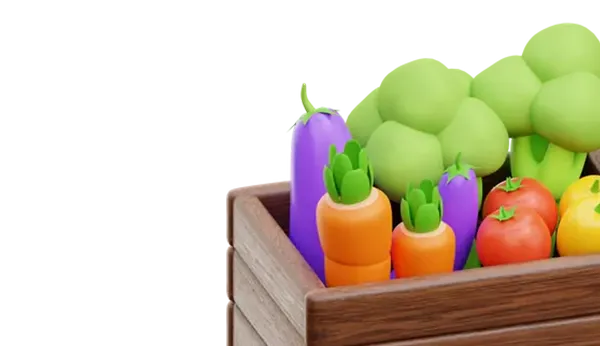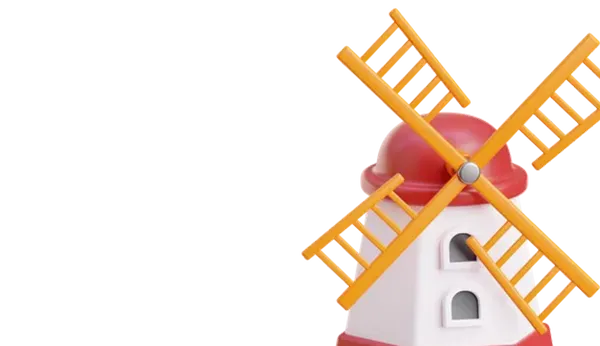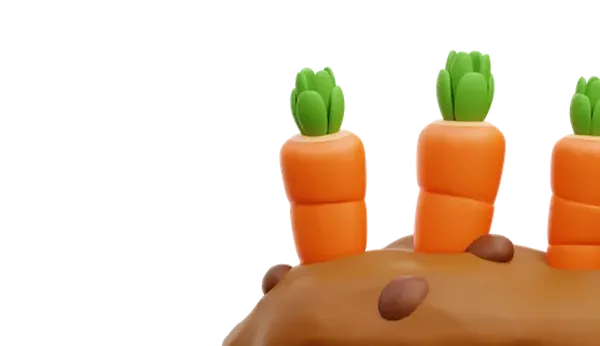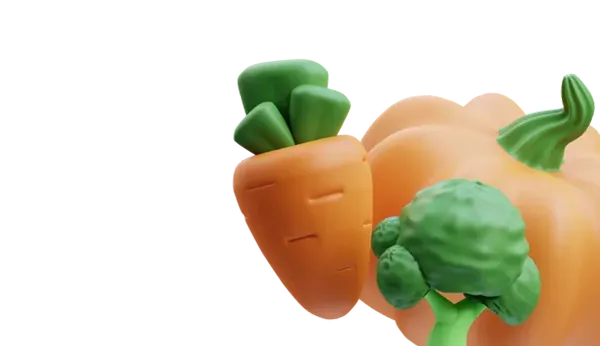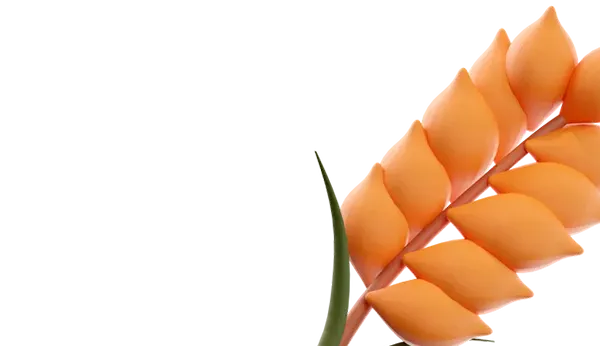Experts working on the ecology of South Australia have presented compelling evidence that local vegetation around fields plays a crucial role in increasing crop productivity and should be preserved on agricultural lands.
For the first time in South Australia, researchers from the University of South Australia (UniSA) conducted a study assessing the influence of local roadside and fragmented vegetation on the pollination and yield of canola and field peas on the Yorke Peninsula.
It was found that pods of canola and field peas located within 200 meters of local vegetation, where pollinating insects inhabit, produced more seeds and thus had higher yields compared to those not pollinated.
Dr. Sophie (Topa) Petit, an ecologist from UniSA, noted that the number of seeds set closer to the vegetation was 20% higher for the commercial variety of canola and 12% higher for field peas. Larger vegetation patches yielded better results.
Bianca Amato, a PhD candidate and the lead author of the study, highlighted the significance of the results, considering that over 87% of local vegetation had been destroyed for agricultural purposes in the study area, and roadside vegetation often serves as the last habitat for pollinating insects in the region. The research confirms that both fragmented and local vegetation contribute to pollination and increased crop yields. However, roadside vegetation is often under threat of clearance and is often overlooked in intensive agriculture. Tree strips and residual vegetation patches can serve as a simple way to support biodiversity and enhance agricultural crop production.
This study, published in the journal Agriculture, Ecosystems & Environment, underscores the importance of local vegetation for long-term increases in crop yields.
Based on the findings, UniSA scientists call on the government to provide financial incentives to farmers for restoring local vegetation, not only to boost crop productivity but also to preserve biodiversity.
Bianca Amato concludes: "Tree and shrub strips around fields and along roads are an integral part of the Australian landscape. Some may consider this vegetation to have little value other than the aesthetic pleasure of its biodiversity. But our research shows how crucial local vegetation is to supporting pollinators and increasing crop yields."

 Trading platform
Trading platform 
 Monitoring
Monitoring  Express applications
Express applications 
 Fork Work
Fork Work 
 Service
Service  News
News  Directory
Directory 